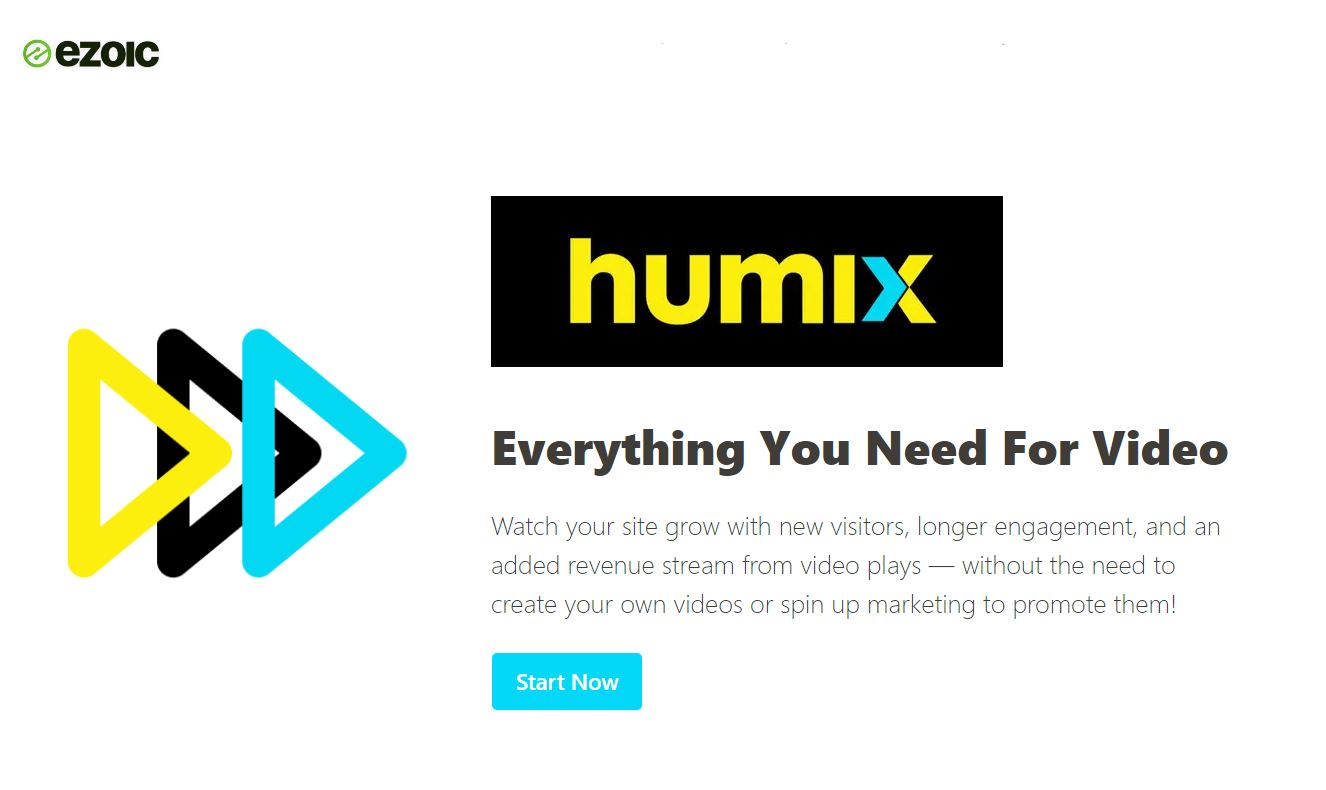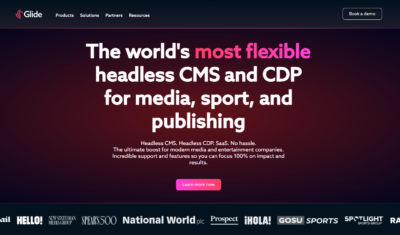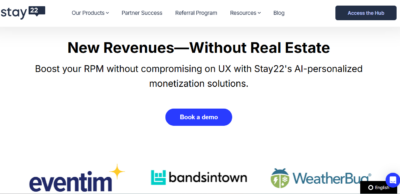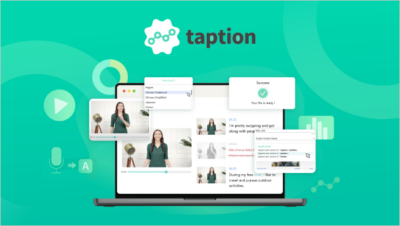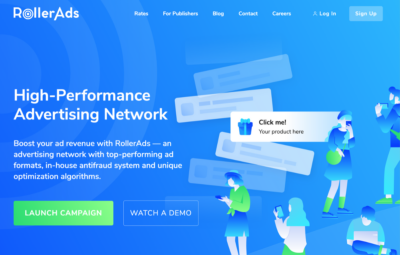State of Digital Publishing has been using the Humix Network for more than a month now and we’re ready to share our results.
We won’t be looking at how the platform works, as we’ve already written at length about our experiences using it. If you’re looking to understand the platform’s mission, its inner workings and the options it offers, then check out our platform overview of the Humix Network here.
Instead, for this article we’re going to dive into the performance metrics of a video we’ve shared on the platform. This video has been live on YouTube for some time now and was reshared with the Humix Network.
So, without further ado, let’s get stuck in.
Methodology
First up, let’s have a quick look at the video we shared. This may seem like an odd place to start, but it will make sense as we get further into the article.
The above video is roughly 50-minute exploration of publisher SEO trends taken from our Office Hours series. Since it was published on YouTube on November 28, 2022 it has attracted 88 views.
We didn’t edit the video, or alter it in any way, and only shared it on the Humix Network without embedding it on our site. We picked this video because it’s a good example of the type of video content we’ve been producing to date.
It’s important to note that our YouTube views are not eligible for monetization as our channel isn’t large enough. To become eligible, we’d need 1,000 subscribers and either 4,000 watch hours over the last 12 months or 10 million Shorts views in the last 90 days.
However, video monetization isn’t a strategic concern for us at this point, with our focus on audience building.
Our Humix Results
The platform’s Overview panel shows a brief summary of video performance, though as we noted in our hands-on overview of Humix, it can be a bit buggy when trying to adjust tracking parameters.
As such, we recommend using the Ezoic’s Big Data Analytics suite for a better understanding of video performance.
In addition to a broad overview of content performance, the analytics suite provides performance data on publishers’ videos on their own site and the network, as well as third-party videos on their site.
View Count
As already noted, monetizing our video content via third-party platforms isn’t part of strategy and that’s unlikely to change in the foreseeable future. However, given that we’re trying to build audience reach, 88 views on YouTube suggests there’s an issue on this front.
After 30 days (March 5 to April 4) on the Humix Network, however, our video received a total of 5,933 plays, which included autoplays. With that being said, the data shows that viewers only watched 32 seconds of the video on average.
There are a couple of takeaways from these numbers.
The first is the frankly staggering reach of this video compared to its YouTube counterpart. We’re talking nearly 6,000 plays in a month compared to the nearly 90 on YouTube over six months. These figures suggest that smaller video content creators’ complaints over “appeasing the algorithm” — that is, needing comments and likes on videos in the hopes they’re recommended to a wider viewership. Essentially, this is the curse of any social media platform.
The second was the short play time of our video. For a video with a more than 50-minute playtime, racking up an average watch time of just 32 seconds is disappointing. In the end, however, it makes sense.
Our video was designed to serve as a deep dive into how and where publishers can look to uncover trends. While the video has value to a certain audience, it’s hard to make the argument that this is the sort of content that will immediately engage viewers on other websites.
In the end, there’s a reason why Ezoic has recommended sharing videos that are 10-20 minutes in length. Shorter videos do better with a wider audience base and is something publishers should consider when looking to monetize their catalog in new ways.
Monetization
It is worth noting that despite not following Humix’s own advice on video length (with our video being far too long to engage a broad audience), we still generated some ad revenue.
The video managed to earn $0.60 from its nearly 6,000 plays, which equates to revenue per mille (RPM) of around $0.06. It’s hard to say this is a particularly attractive figure, with figures on YouTube widely reported as being significantly higher.
We won’t pretend to be experts in video RPM, but there seems to be an obvious culprit for this low rate; content and reach.
We’re a mid-sized publisher with a very specific audience in mind, and our content reflects this fact. We don’t even qualify to monetize our content on YouTube, after all. This means that ad campaigns targeting our segment will likely have lower budgets, translating into lower RPM.
Publishers that enjoy broader appeal are more likely to see their content pop up on sites with higher visitor traffic and a higher cost per mille (CPM) for advertisers.
With all this said, it’s important to note that content on Humix’;s network isn’t competing with YouTube, but is acting as a way to supplement YouTube revenue.
Concerns
While testing the ability of the Humix network to extend our content’s reach was the priority for this test, we did notice something odd about how monetization was handled.
We noticed that our ad revenue flatlined on March 30 and remained there over the next couple of weeks, at which point this review was written. There was no interruption to viewing, with the video attracting 914 of its total views between April 1 and April 4.
Indeed, the video was still on the network at time of this review’s writing, and had attracted more than 1,400 views April 5 and April 16. It’s not clear what caused monetization and we’d love to see more details in the dashboard about what caused this.
The more info publishers have the better equipped they’ll be to understand why their videos are earning what they’re earning. Without this info it’s hard to build a video content strategy that helps build audience engagement and ad revenue.
Humix in Review
We’ve spent a few weeks with the platform and have a lot to say about our experience that’s positive. At the same time, however, there are areas that feel like they need further development.
What We Love About Humix
- Massively extends video content’s reach, even for smaller publishers
- Smaller video creators can start monetizing content without traffic requirements
- Publishers without video content can augment their site with Humix videos
- Doesn’t compete with existing YouTube videos
- YouTube doesn’t suck viewers down the rabbithole
- Easy to upload and share videos
- Free for Ezoic users
Where There’s Room for Improvement
- RPM is lower than on YouTube
- Some features can be buggy
- Lack of clarity on how to get the most from Humix
For a full guide to how the platform works, don’t forget to check out our detailed Humix overview.
The video monetization platform has a great deal to offer publishers, both those new to video content and those who already have a back catalog on YouTube.
Unlike YouTube, smaller creators can begin monetizing their content immediately. While YouTube does offer higher RPMs, publishers shouldn’t consider this to be an either or scenario when choosing where to host their content.
Videos on the Humix network are shared across a broad network of partner websites and don’t directly compete with content on the YouTube platform. This means that videos can happily exist on both platforms without cannibalizing traffic.
We would like to see the platform clean up some minor bugs and provide greater feedback within the analytics suite so it’s easier to make educated decisions around content strategy. But on the whole we walked away from our time Humix pleased to see publishers have a new way to promote and monetize their video content beyond YouTube.



